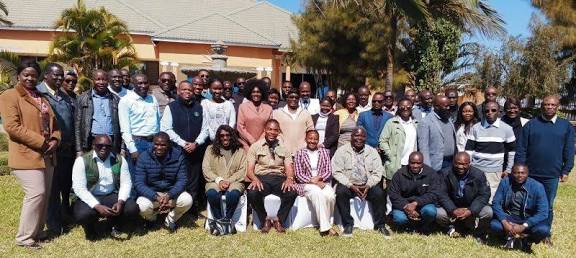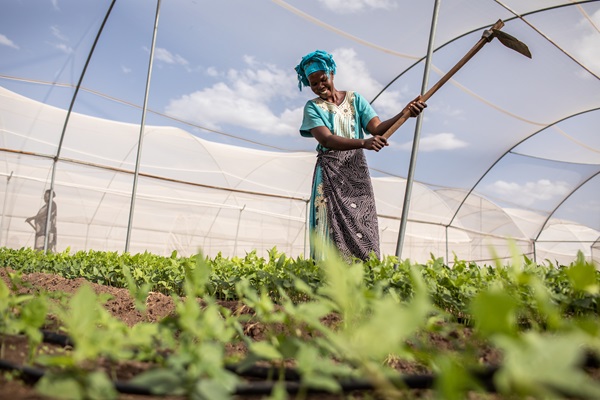GOVT LAUNCH FOOD BALANCE SHEETS REPORT

- Josiah Mpofu
- 23 Aug, 2025
GOVT LAUNCH FOOD BALANCE SHEETS REPORT
By Josiah Mpofu
Government has significantly increased cereal crop production between 2019 and 2023.
According to the Food Balance Sheets report, this achievement has not only met national demand but also created a strong surplus for regional markets.
Speaking during the launch of the report in Lusaka, Agriculture Minister Reuben Mtolo said the achievement has reduced Zambia’s dependence on costly imports, thereby strengthening the country’s food and nutrition security as well as economic resilience.
Mr Mtolo explained that the findings of the food balance sheets report are encouraging as the data shows that during the period 2019 to 2023, the supply of key food commodities was sufficient to meet the energy requirements of Zambians, largely through own domestic production.
“The self-sufficiency ratios demonstrated in the report indicate that botanic products such as cereals, starchy roots, oil crops, pulses, sugar and sweeteners were adequately supplied. It also shows that the country was self-sufficient in animal products such as milk, eggs, and offals. This is a clear reflection of the hard work of our farmers, the support of our cooperating partners, and the enabling policies of government,” explained Mr Mtolo.
He however said the report also highlighted that undernutrition remains a challenge in the country despite the production surplus.
“Micronutrient deficiencies remain a silent threat, particularly among vulnerable groups. at the same time, overconsumption of certain foods is contributing to the rise of non-communicable diseases such as diabetes and heart diseases. To end malnutrition and diet-related health challenges, Zambia must boost not just food quantity but also quality, diversity, and nutrition,” said Mr Mtolo.
Mr Mtolo has however disclosed that the government, through Farmer Input Support Programme (FISP) was distributing eight seed varieties to diversify diets.
He noted that government was also working with researchers to fortify mealie meal with essential nutrients like vitamin A.
“FISP is being implemented to provide farming inputs to farmers and the Sustainable Agriculture Finance Facility (SAFF) is being rolled out to provide affordable financing for farmers and agribusinesses. These key initiatives are designed to actualise the presidential targets of producing 10 million metric tonnes of maize, 1 million metric tonnes of wheat, and 1 million metric tonnes of soya beans by the year 2031,” indicated Mr Mtolo.
“Us as government our focus remains on agricultural diversification, value addition, and sustainable production in order to guarantee national food and nutrition security,” said Mr Mtolo.
He however thanked the Common Market for Eastern and Southern Africa –COMESA- and African Development Bank for supporting the output of the report.
And African Development Bank Country Programme officer Maurice Wanyama has reaffirmed the bank’s commitment to fund the country’s nutrition initiatives.
Mr Wanyama expressed hope that the report will guide strategies that not only boost agricultural production but also address micronutrient deficiencies.
Meanwhile, COMESA Head of statistics Willson Kamali noted that the organization will encourage other Members states to adopt the initiative as it would help policy makers to come up with measures that would increase productivity. -NAIS
Leave a Reply
Your email address will not be published. Required fields are marked *



.jpg)









